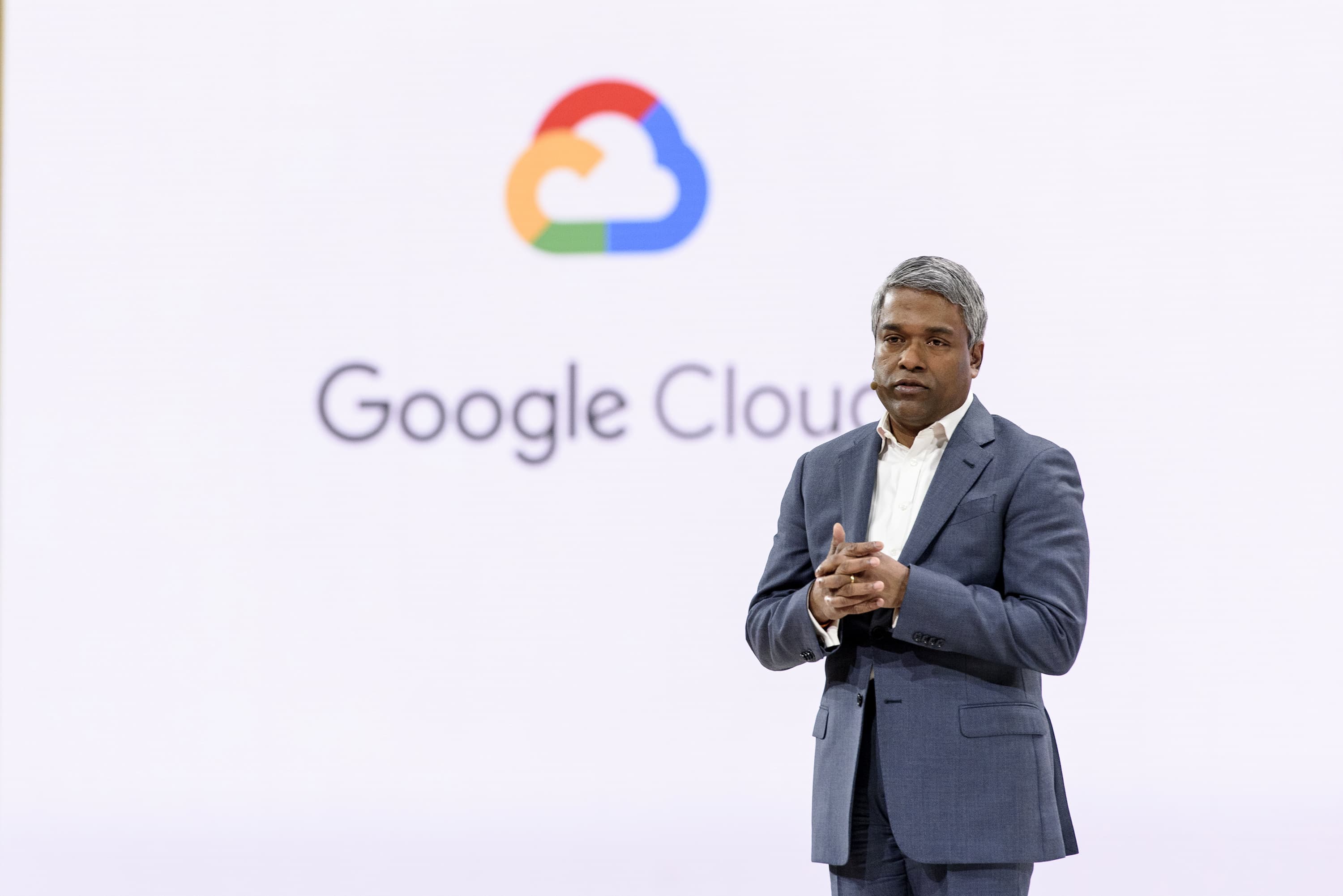Google Cloud CEO Thomas Kurian is shaking up the unit’s engineering organization in hopes of gaining more market share more quickly.
In an email to staff, Kurian announced a number of changes among its technical leadership, including replacing Eyal Manor, who has been in charge of engineering and key Google Cloud products for the last five years and has been at the company for nearly 15 years, according to an email viewed by CNBC.
Manor, who led engineering and key Google product Anthos, will be looking for another role within the company, Kurian’s email said.
Brad Calder will take over Manor’s responsibilities, overseeing product and engineering for Google Cloud Platform. Calder will report to Thomas Kurian in a change that Kurian said will allow the technical teams to “work more closely with me and the Cloud leadership team, as well as Sundar and the Google leadership team” on longer-term strategy.
“With 15+ years of experience in Cloud, Brad has the proven expertise to take on a broader role to shape and drive the entire strategy for GCP,” he wrote. (Some aspects of Calder’s new role were previously reported by ZDnet.)
Design and product VP Pali Bhat will assist Calder with the transition, he noted.
The shakeup is is meant to help continue grow Google Cloud’s market share while streamlining an organization that has ballooned in the last several years since Kurian took over.
With 10% market share in Q2, according to Synergy, the company trails well behind market leader Amazon (33%) and number-two Microsoft (20%), although it has made since Kurian took over in late 2018 — as of Q4 2018, Google had only about 7% share, Synergy estimated.
“We have an enormous opportunity to continue to grow the business by expanding our total addressable market in new ways,” Kurian said in his memo. “As the market changes, the needs of our products continue to evolve, and it’s important that we evolve our organization to support this growth.”
Kurian also said that Google Cloud Platform and technical infrastructure organization have more than doubled in the past few years and the “demands of shaping long-term strategy while focusing on day-to-day operations have continued to accelerate.”
“As a result, we felt that it was the right time to unify the broad portfolio under Brad Calder,” his email states.
Kurian also outlined other changes that affect the cloud’s data organization, the core and system infrastructure teams, chief of staff, and application teams. He said Manor’s departure will also create an opening for a new leader to run the company’s “Application Modernization Platform” (AMP). Kurian stated that until it finds someone, he would appoint several other leaders to take on more responsibility.
Manor is at least the third VP to leave the cloud unit in recent months. Google fired developer relations vice president Amr Awadallah in July after he published a manifesto that confessed antisemitism, which CNBC found came after months of discontent within his reporting leaders. That, itself, caused one of “a number of organizational changes” already underway, Manor said at the time.
Kurian went on to thank Manor and congratulate the more than a dozen leaders who will assume new or broadened roles.
Google did not immediately respond to a request for comment.
